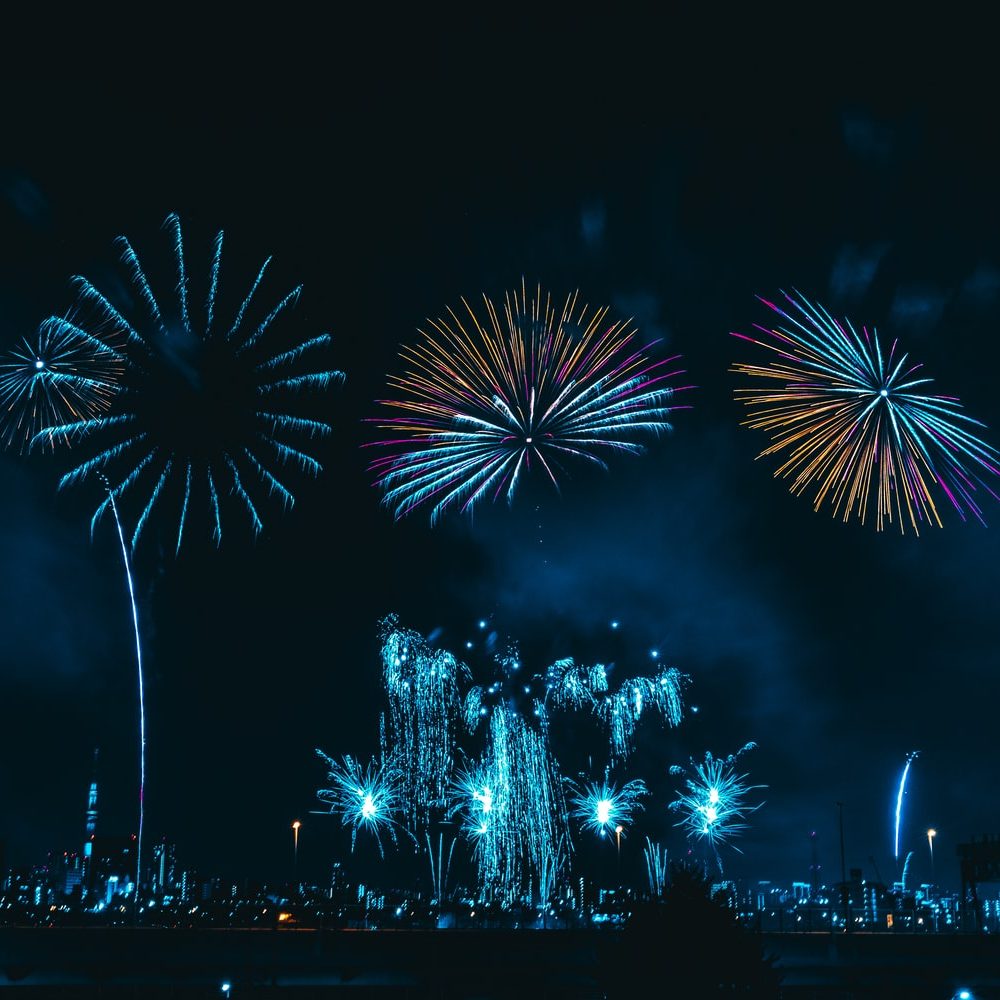Tokyo, Japan
Level 1 Yusen Building
2-3-2 Marunouchi
Chiyoda-ku 100-0005
For the Japanese the space between things is as important as the objects themselves. Ma
is the interval in space and time that delineates, adds pause and emphasis to everything. Without Ma, the world would be a continuous blur of action and matter without meaning. The concept of Ma is integral to Japanese thought
and action, ingrained within the individual and society. When you examine the kanji symbol for Ma one sees the combination of door “
門”and sun “日”, where Ma is the gateway of illumination of all things. With Ma the space between words, sounds and actions takes on clarity and distinctiveness. Ma is about emptiness between things, about the silence between the sound, the respite between activity, and the pause between thoughts. Ma is typically Zen, a thus a very Japanese way of thinking about space and time.
Ma in Communication
The Japanese are known for their slowness to take action, and this is as much to do with Ma as it is consensus. There is always a pause before taking action – to contemplate and think carefully before thought becomes matter, decisions made not just on logic but understanding of deeper emotions. When people meet the bow is highly significant, where a deliberate pause at the end of a bow before straightening up ensures there is sufficient “Ma” to show due respect. When Japanese speak their conversation is filled with pauses, since what is unsaid is as or more important than what is said. In fact, pauses when speaking is seen as both highly intelligent and cultured. In the west, direct unambiguous language is viewed as the most appropriate. In Japan silences and pauses in conversation are the norm. In fact, when someone does not adhere to the concept of Ma they are deemed
Ma-nuke or fool, since they speak without pause and often what is said has had little thought and makes no sense.
Ma in traditional arts
Sumi-e brush painting features large unpainted areas that intentionally highlight that which is painted and enhance the overall dynamics of a painting. This is the Ma between the paint! The arts proficiency is in determining the relationship between form and non-form. Brush stroke, its length, speed and resultant movement, delineate time and are fundamental in this artforms appreciation. The brush stroke is a rhythm in time.
Ma in Japanese poetry is the pause between phrases – the space that allows for contemplation of what the poet was experiencing at the time. It offers space to fully contemplate the meaning of each word and to add emphasis to the prose, leaving space for personal interpretation.
The well-known artform of Ikebana or flower arranging is as much about the space between the stems and flowers as it is about the beauty of the plants themselves. What is of importance is the arrangement of the flowers with sufficient negative space to highlight the beauty and uniqueness of each stem and bloom. Ikebana is also about simplicity of form where minimalism is highly awarded.
In Noh theatre, a Zen concept, a single graceful performance of stillness between action, and silence between sound become the ultimate expression of Ma. What is not said and not acted is as important, if not more, than what is voiced and played within a Noh play. The term
Senu tokoro ga omoshiroki means what the actor does not do is interesting
.
Ma in your life
Ma is about the space we give ourselves to contemplate the bigger picture in our lives, devoid of the miniscule that so often distracts. It is about gaining perspective through ensuring sufficient space between activity. Birth is a beginning and death a destination, and life is Ma.
Thinking about spaces in a more Japanese way can open up new ways of organising life and focusing on the relationships that matter to each one of us. Japanese people have at least four different words for “space”, most of them quite different from their English equivalent. These are: building spaces that deepen relationships (
wa), generating new knowledge (ba), connecting to the work around us (
tokoro), and all moments of quiet and integration (Ma). Understanding each of these individual concepts of space can truly enrich one’s experience of the world and provide a much greater insight into the Japanese mind.
© Kiyoshi Matsumoto, 2021, Sydney, All Rights Reserved
Categories:
Tags:
Tokyo, Japan
Level 1 Yusen Building
2-3-2 Marunouchi
Chiyoda-ku 100-0005


No responses yet